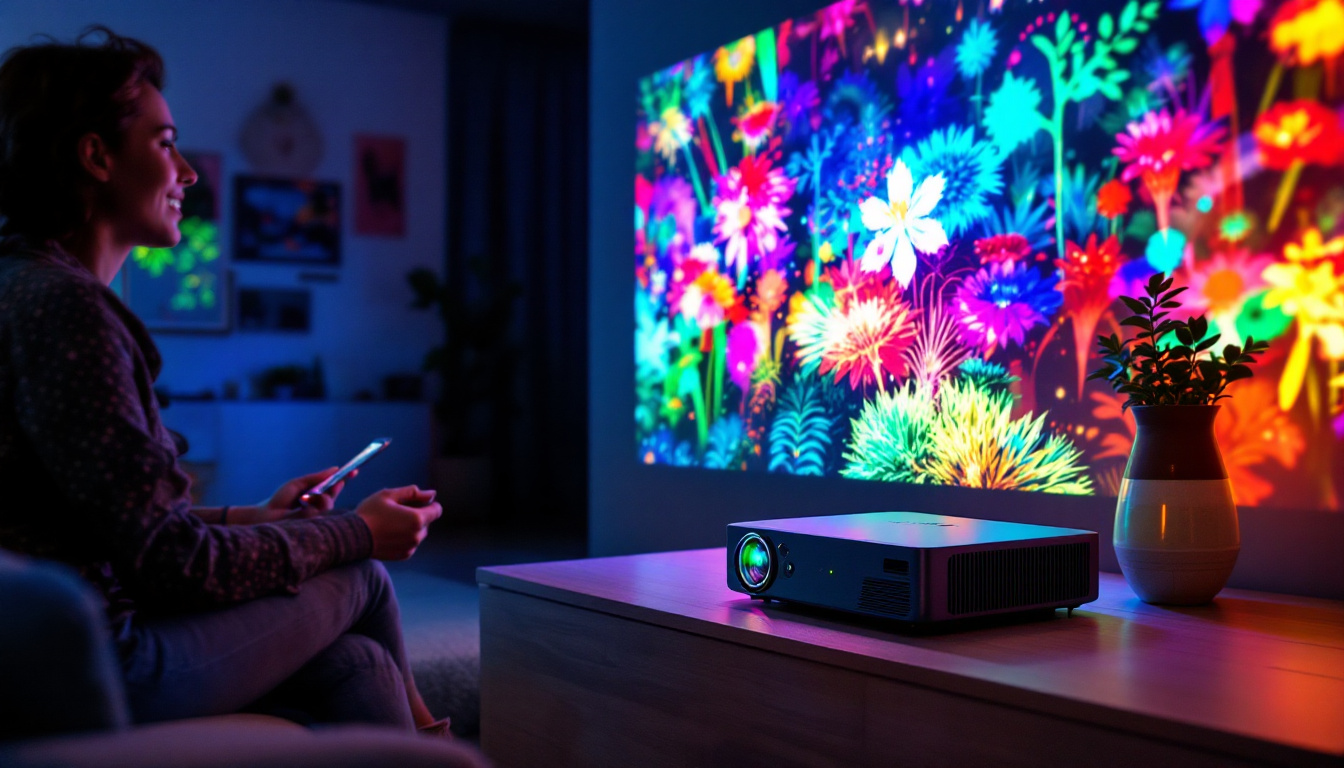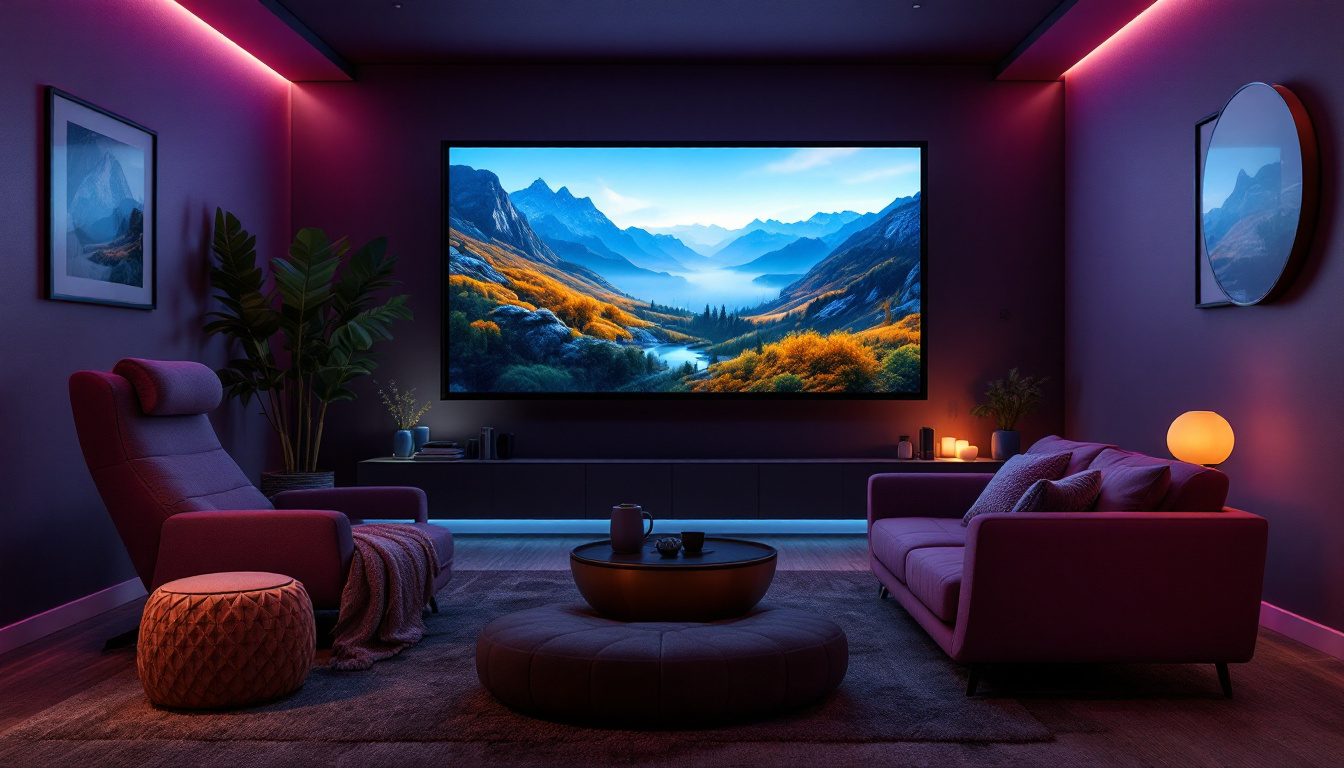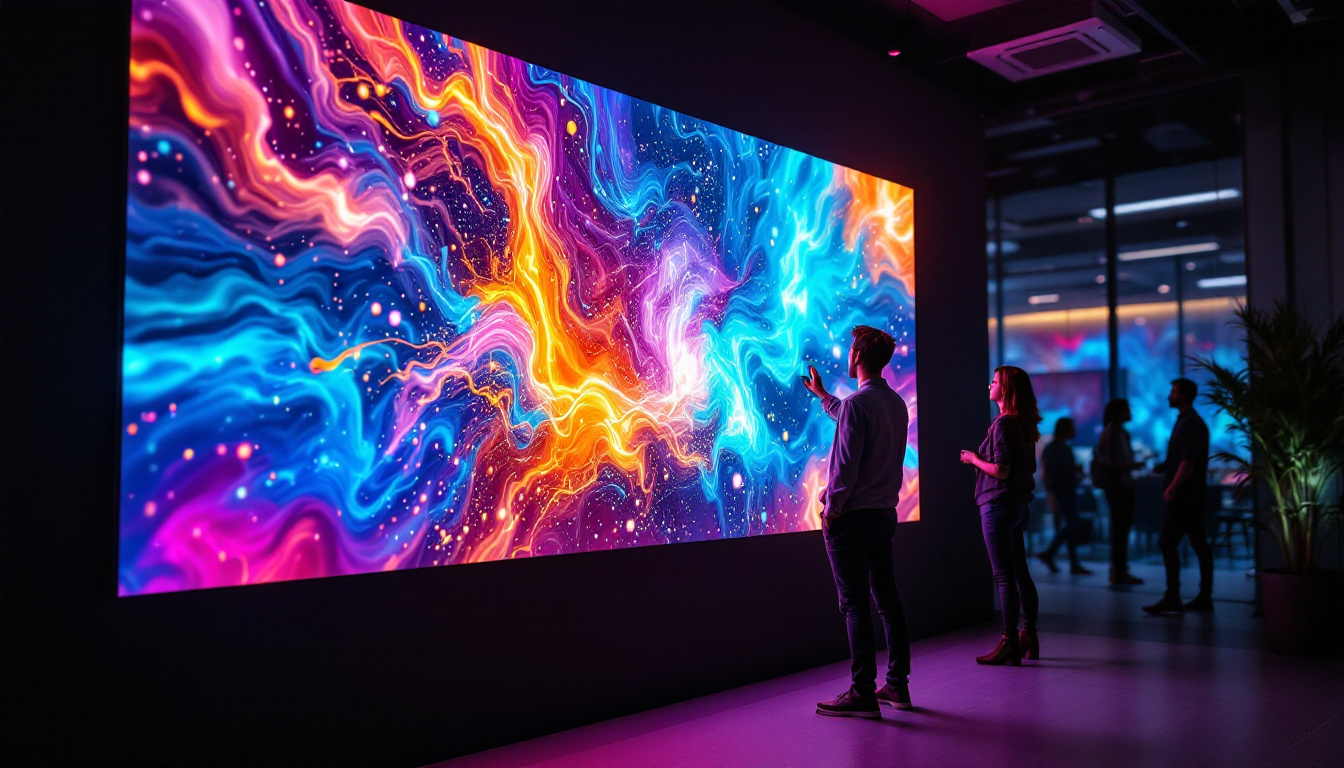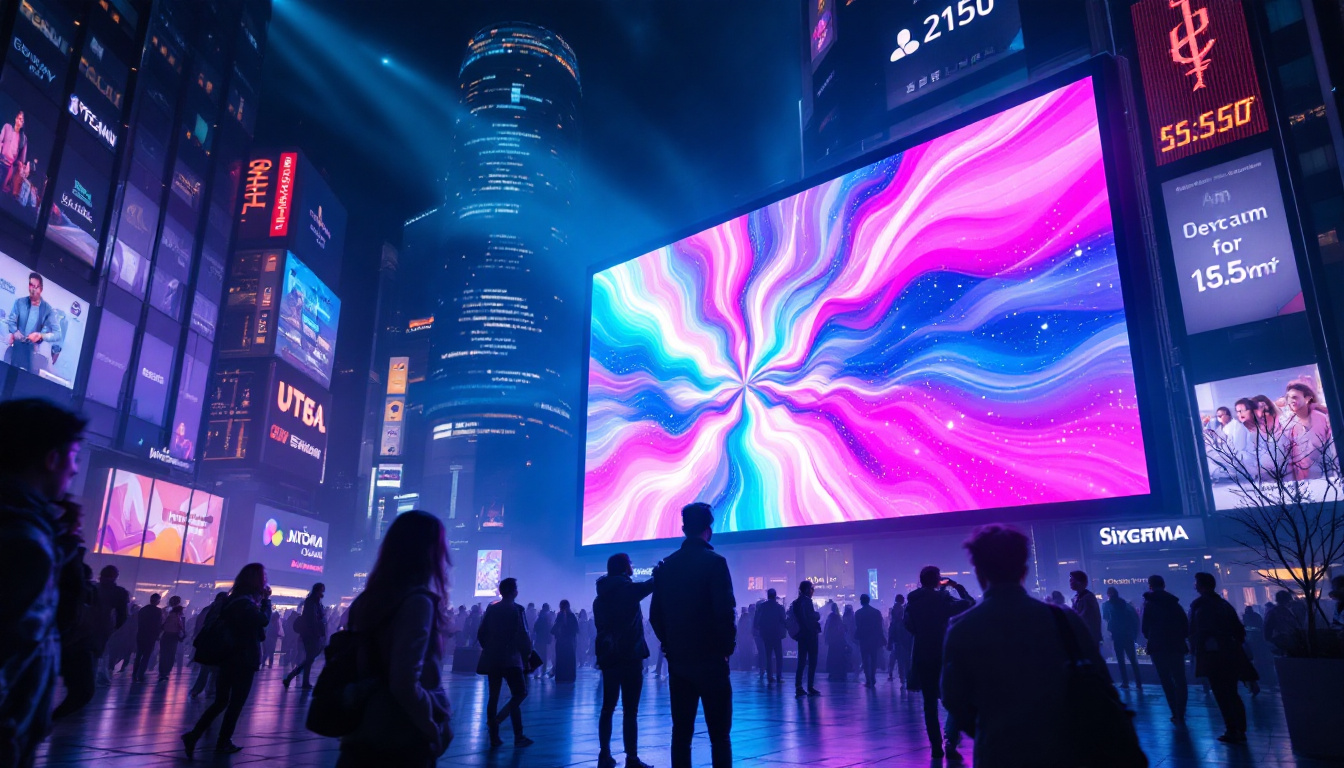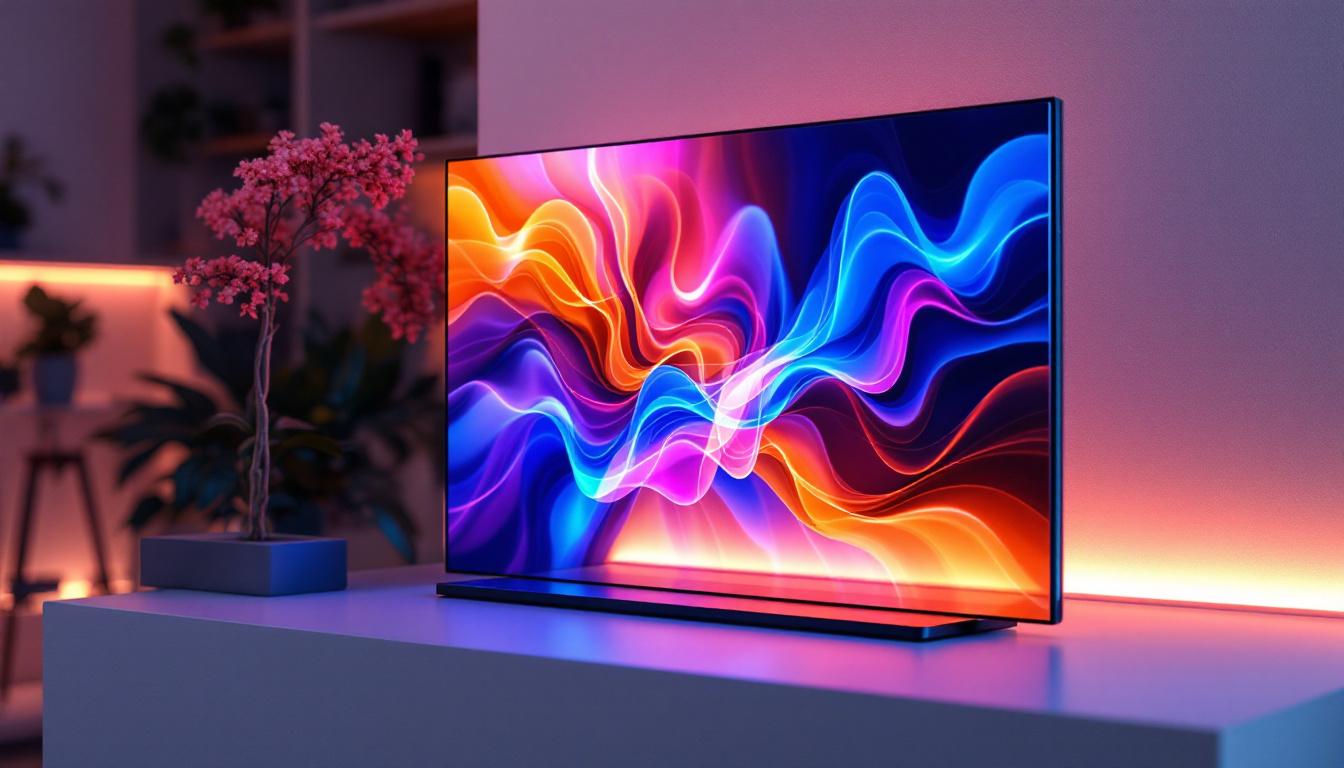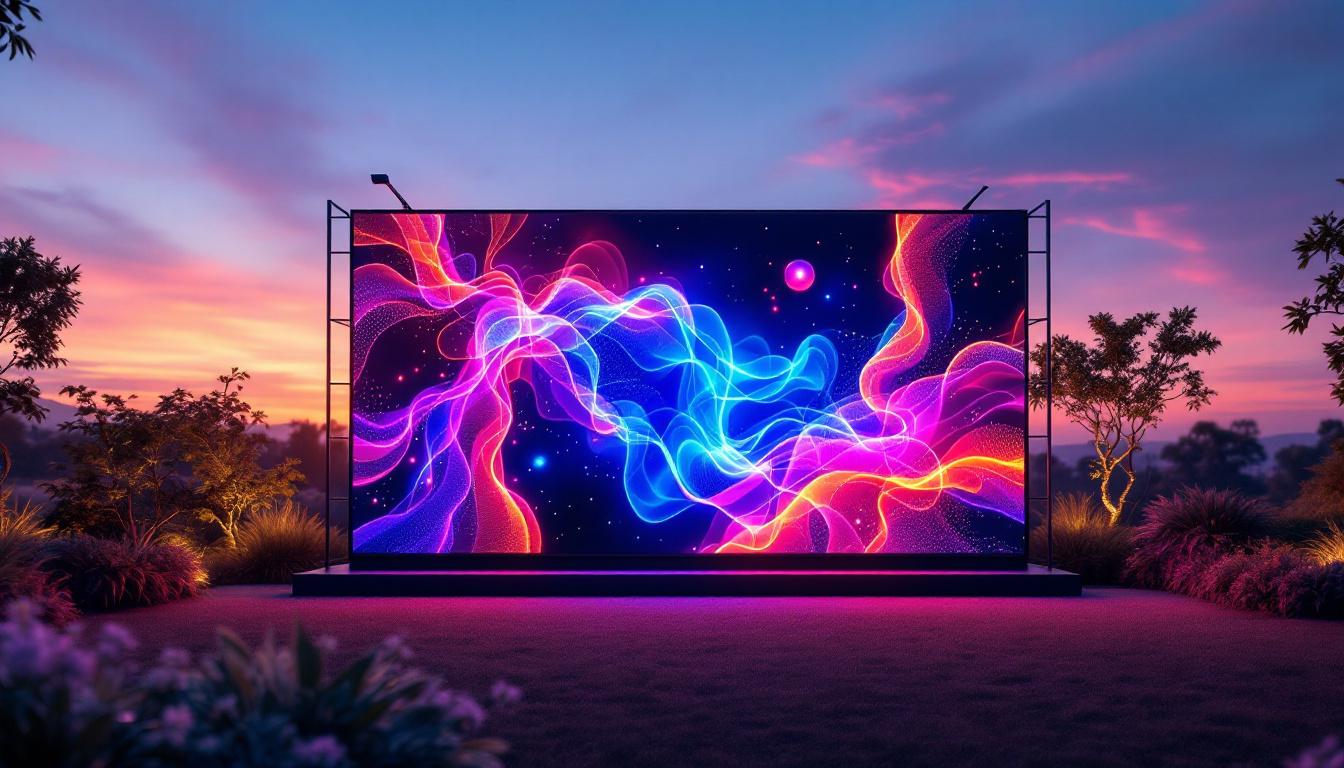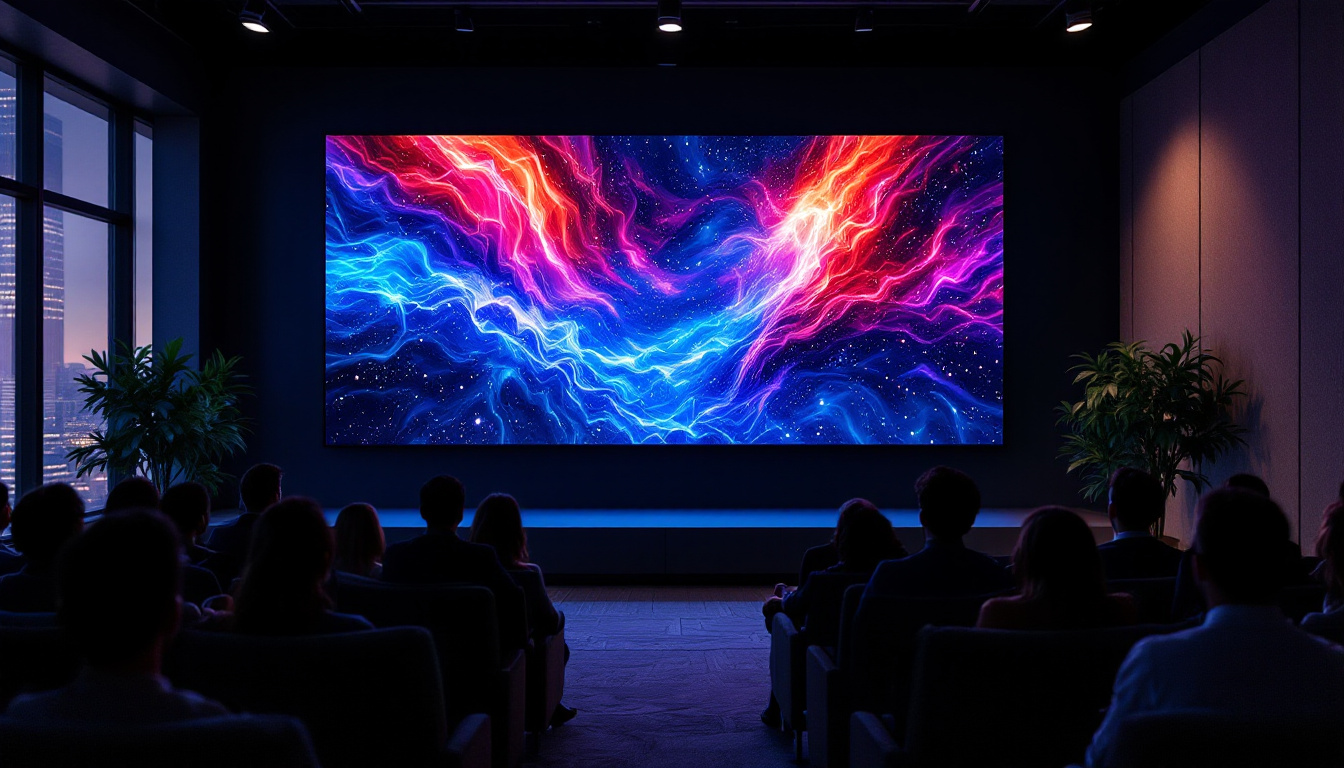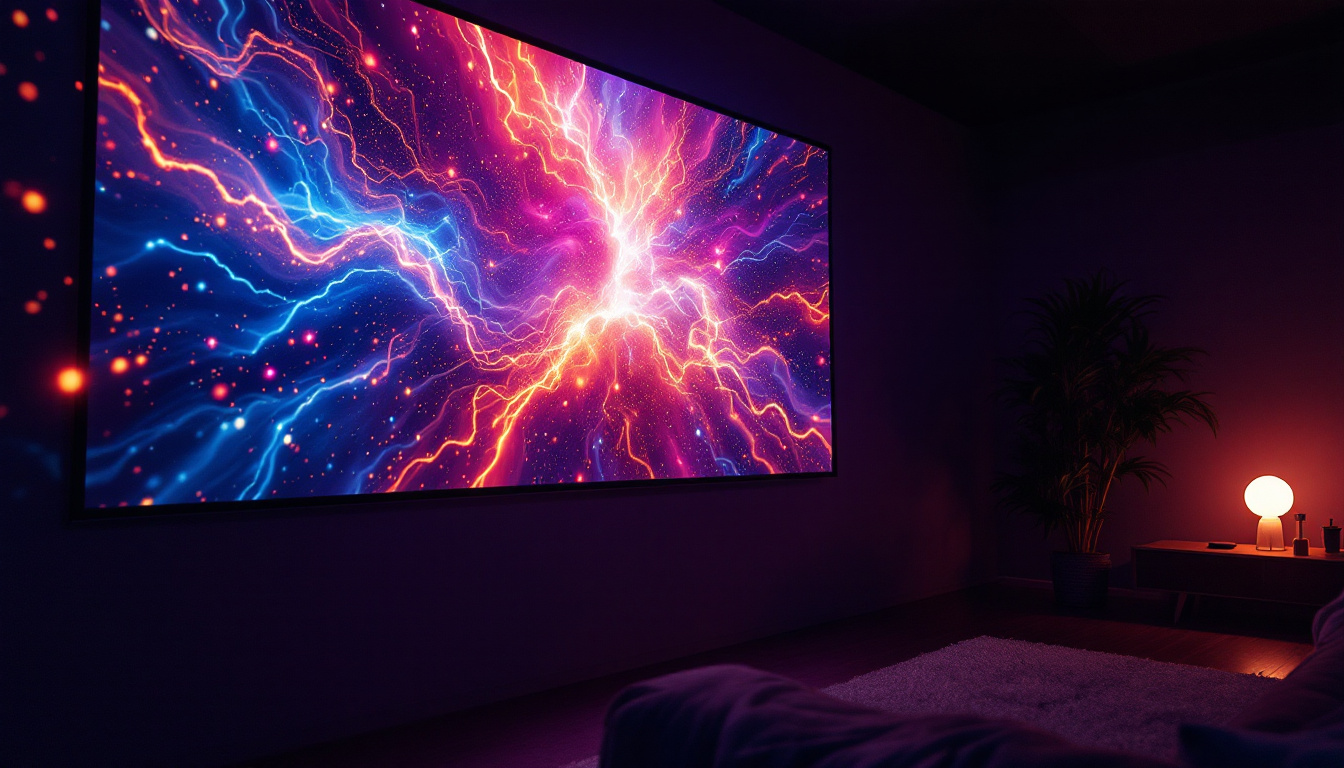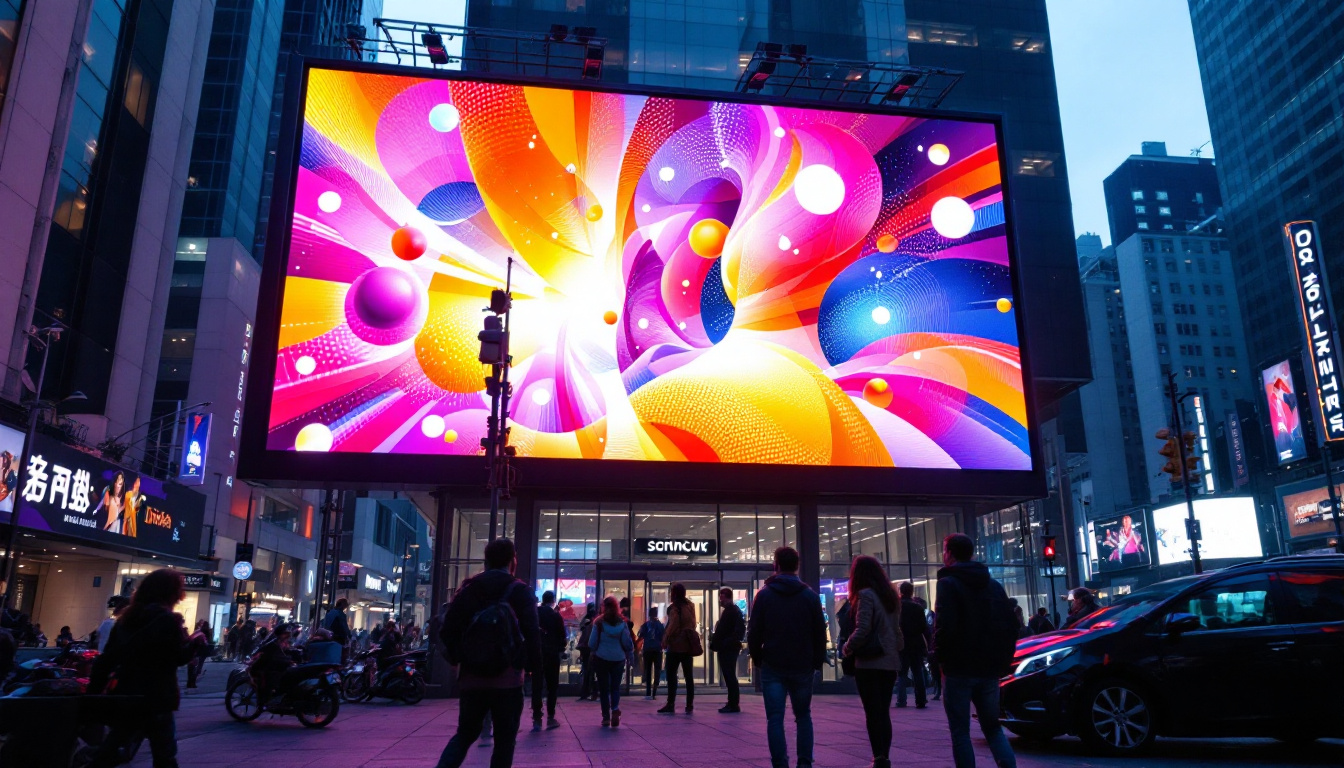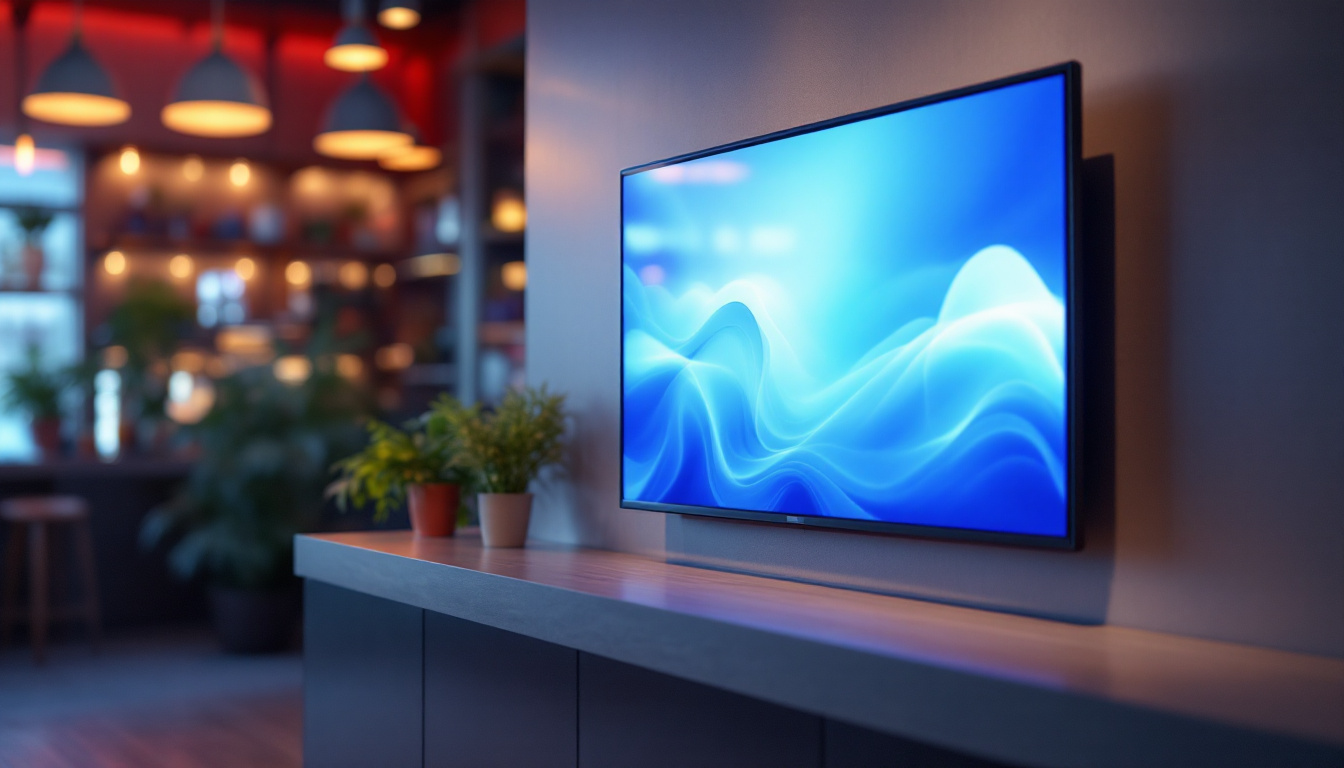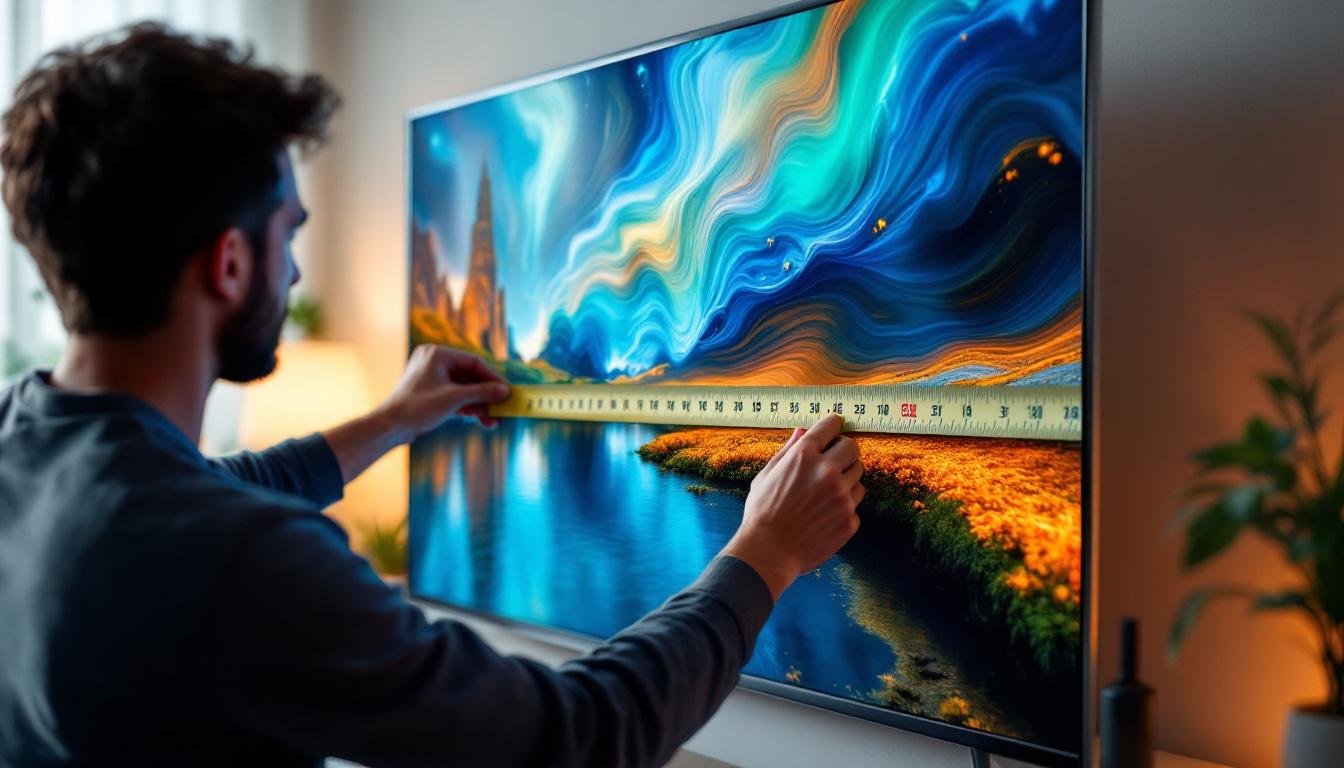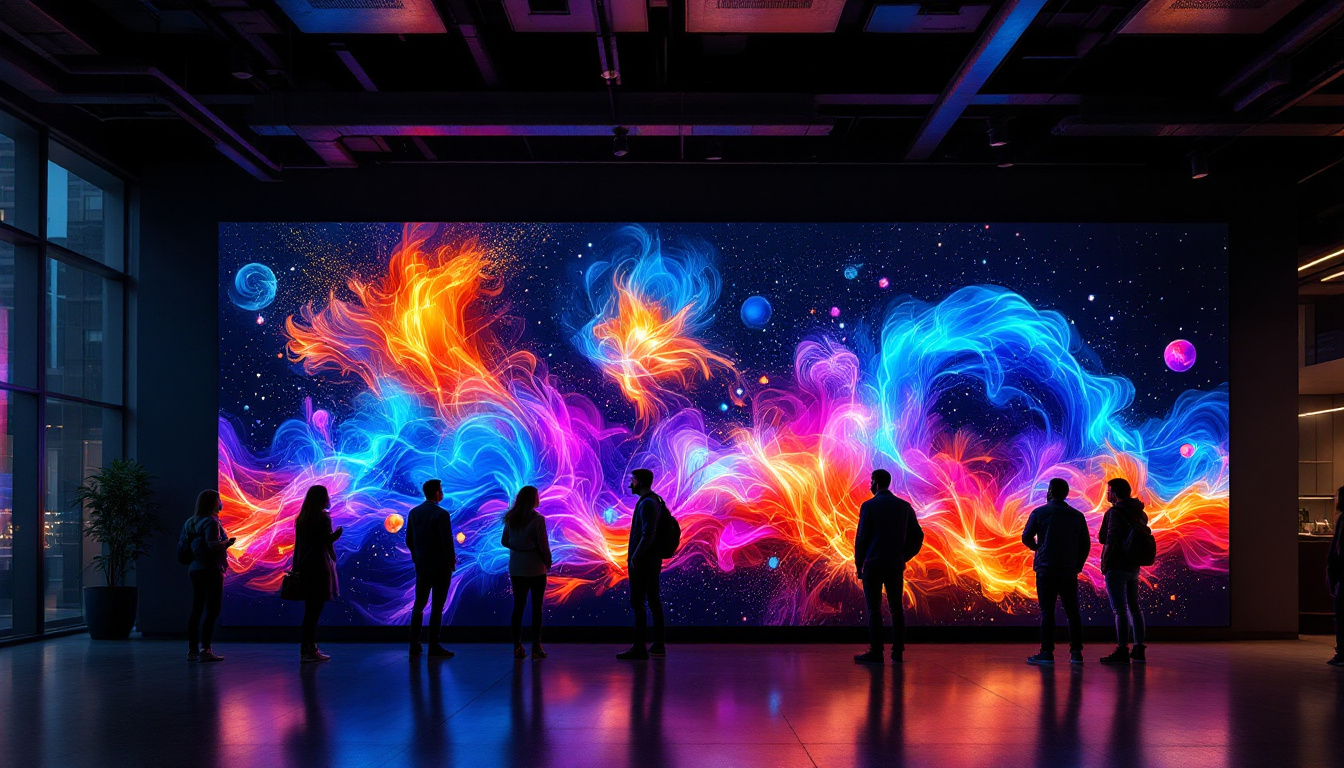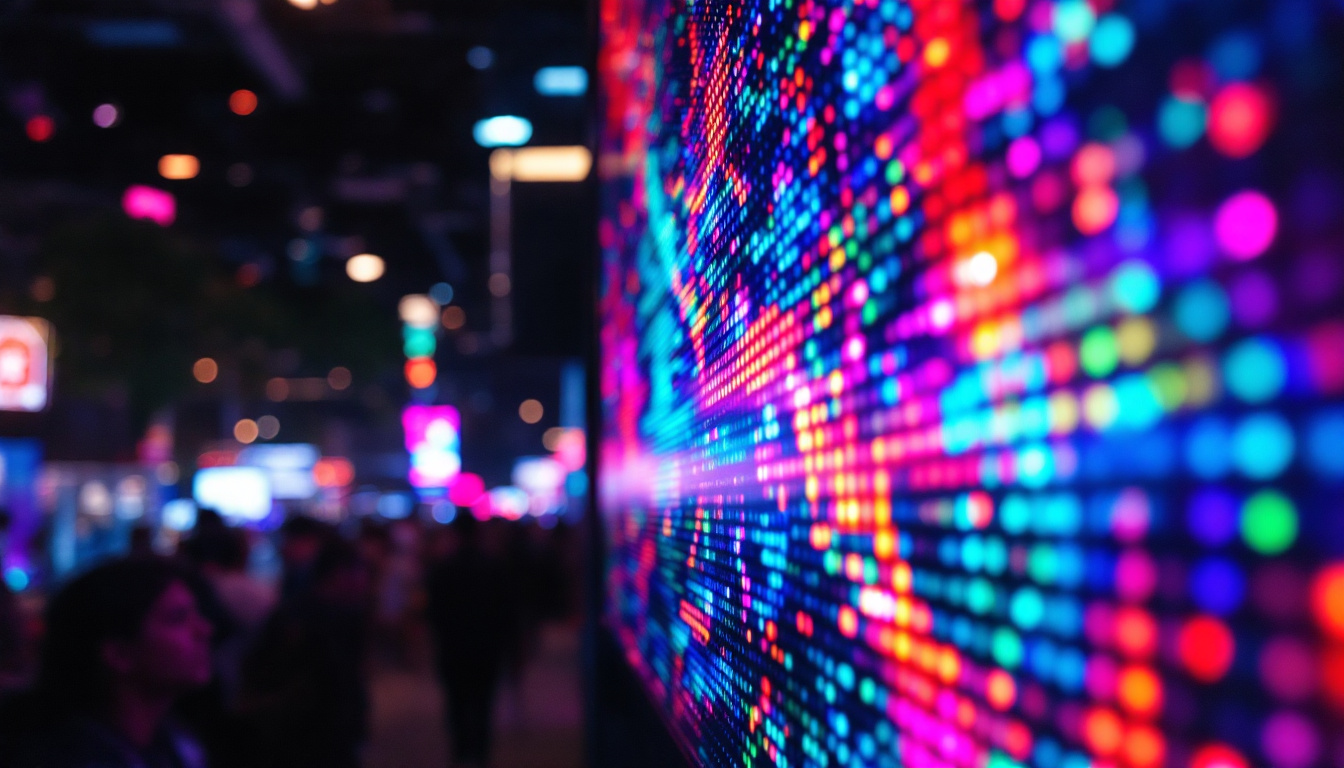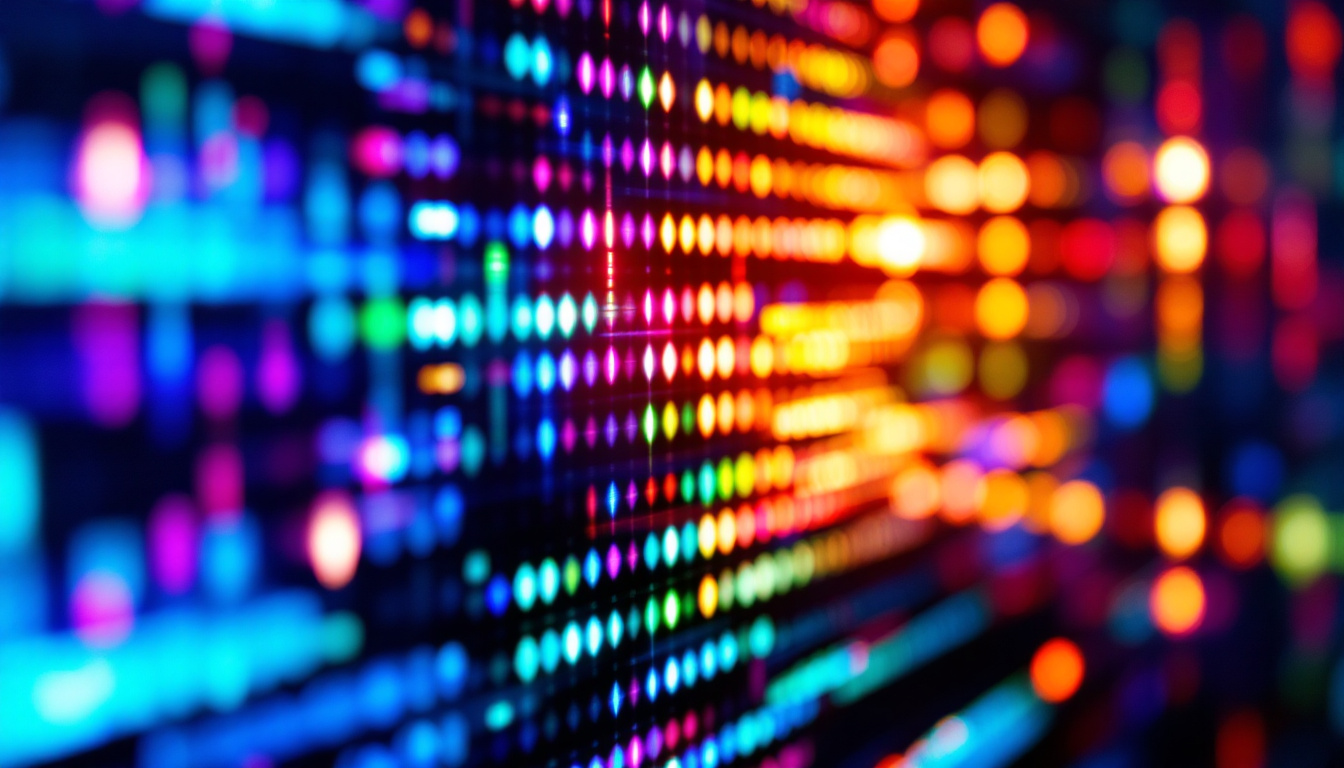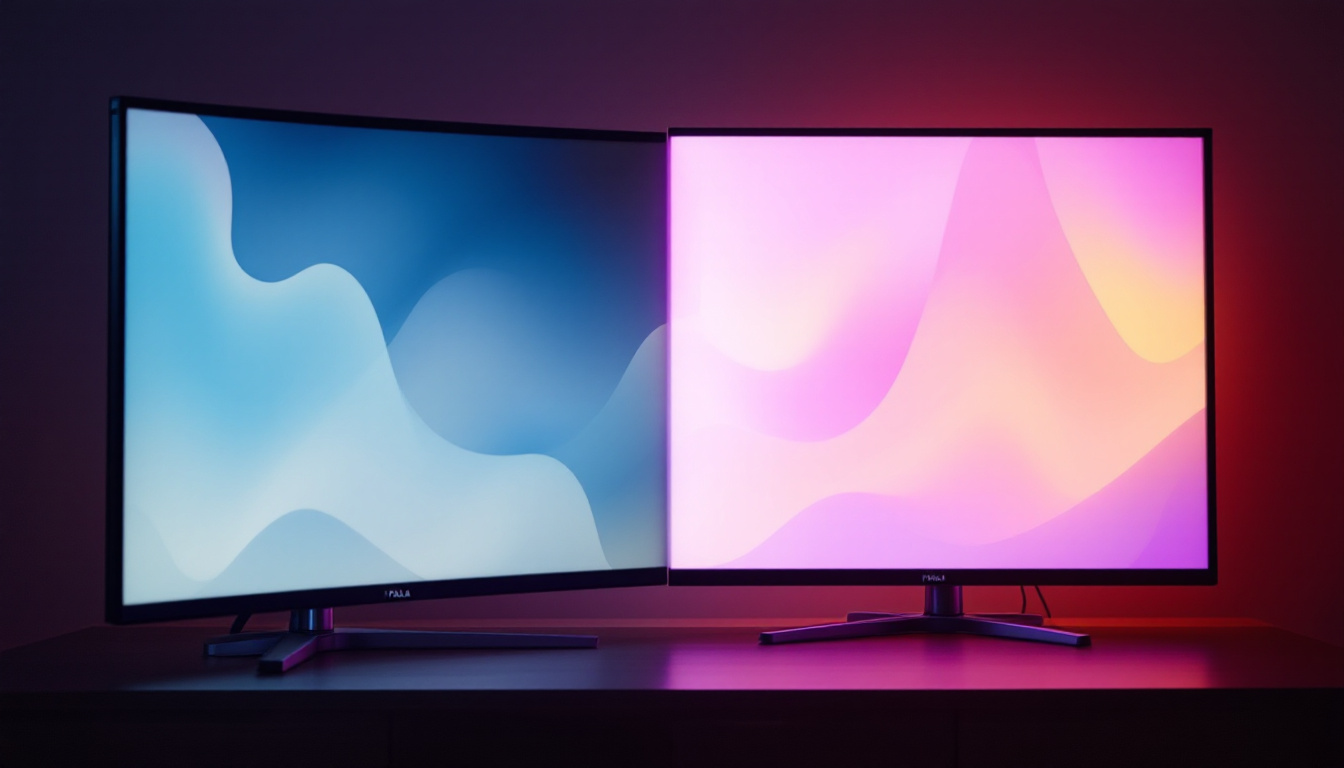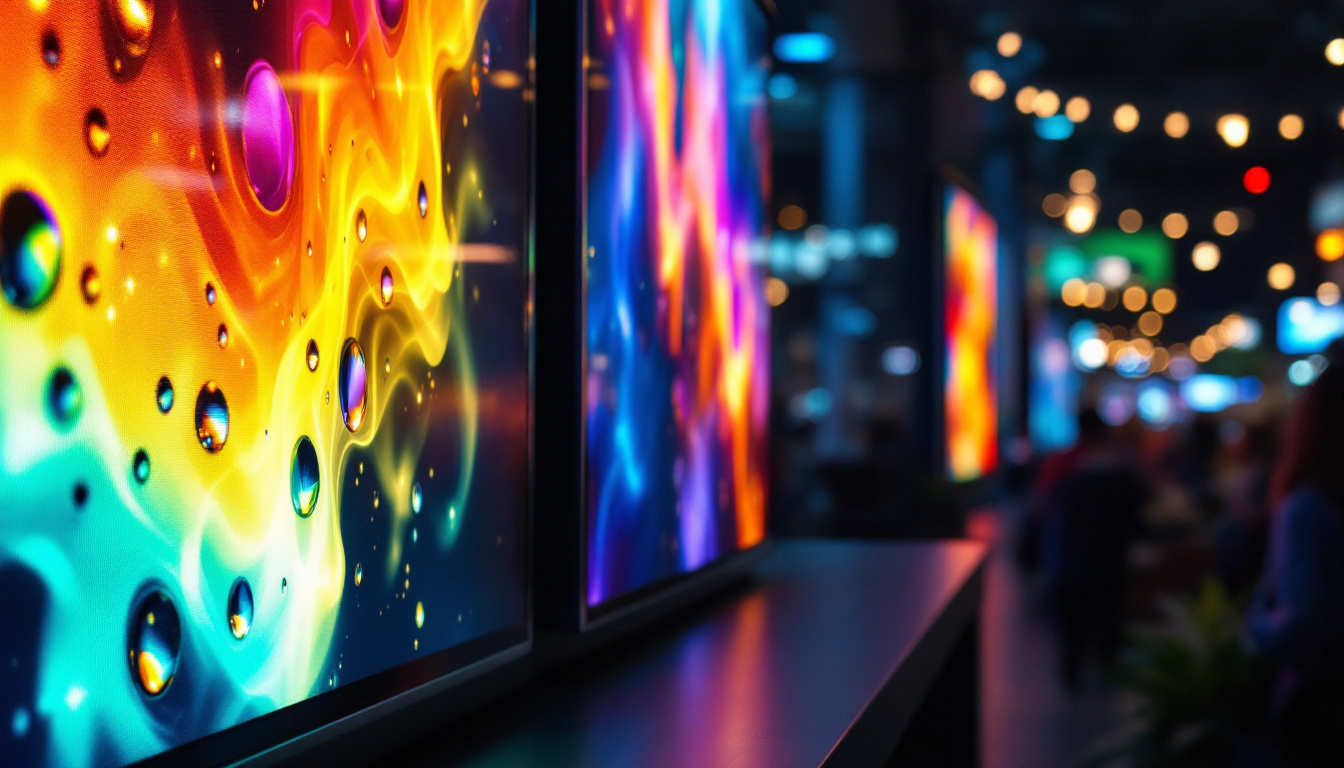In recent years, LED projectors have gained immense popularity across various sectors, from home entertainment to business presentations. The technology behind LED displays has evolved significantly, offering brighter images, better color accuracy, and longer lifespans compared to traditional projection methods. This article delves into the intricacies of LED projectors, exploring their technology, benefits, and applications.
Understanding LED Technology
LED, or Light Emitting Diode, is a semiconductor device that emits light when an electric current passes through it. This technology is at the heart of modern LED projectors, providing a range of advantages over conventional projection techniques. With their energy efficiency and long lifespan, LED projectors have revolutionized the way we experience visual media, making them an essential tool in both home and professional environments.
How LED Works
The fundamental principle of LED technology lies in electroluminescence. When electrons recombine with holes in the semiconductor, they release energy in the form of photons, which we perceive as light. In LED projectors, multiple LEDs are used to produce a spectrum of colors, enhancing the overall image quality. This process is not only efficient but also allows for a more compact design compared to traditional bulb-based projectors, which often require bulky components to manage heat and light output.
Typically, LED projectors utilize three primary colors: red, green, and blue (RGB). By adjusting the intensity of each color, a wide array of colors can be created, resulting in vibrant and dynamic images. This RGB setup is crucial for achieving accurate color representation, making LED projectors a preferred choice for many users. Furthermore, advancements in LED technology have led to the development of color-enhancing features, such as color wheels and filters, which further improve the richness and depth of the projected images, making them more lifelike.
Types of LED Projectors
LED projectors can be categorized into several types based on their design and functionality. The most common types include:
- Single-Chip LED Projectors: These projectors use a single chip to produce images by rapidly switching colors. They are typically more compact and portable, making them suitable for casual use. Ideal for home movie nights or presentations on the go, single-chip projectors offer a balance between performance and convenience.
- Three-Chip LED Projectors: Utilizing separate chips for each primary color, these projectors deliver superior image quality and color accuracy. They are often used in professional settings where high-quality visuals are essential. With their ability to render fine details and deep blacks, three-chip projectors are favored in environments like art galleries, corporate boardrooms, and high-end home theaters.
- Hybrid Projectors: Combining LED and laser technologies, hybrid projectors offer enhanced brightness and longevity. They are increasingly popular in commercial applications. These projectors can produce stunningly bright images even in well-lit environments, making them ideal for large venues such as auditoriums and conference halls, where ambient light can often wash out the image quality.
Moreover, LED projectors are known for their eco-friendly attributes. Unlike traditional projectors that often use mercury-based lamps, LED projectors are free from hazardous materials, making them a safer choice for both users and the environment. Their low power consumption not only reduces electricity bills but also contributes to a smaller carbon footprint, aligning with the growing demand for sustainable technology solutions in today’s world.
Advantages of LED Projectors
The rise of LED projectors can be attributed to several key advantages that set them apart from traditional projectors. Understanding these benefits can help users make informed decisions when selecting a projector for their needs.
Brightness and Color Accuracy
One of the standout features of LED projectors is their ability to produce bright and vibrant images. Unlike traditional lamps that may dim over time, LED lights maintain their brightness throughout their lifespan. This consistency ensures that presentations and movies are displayed with clarity, even in well-lit environments.
Moreover, LED projectors excel in color accuracy. The RGB color mixing allows for a broader color gamut, resulting in more lifelike images. This is particularly beneficial for applications where color fidelity is crucial, such as graphic design and photography. The enhanced color performance also makes LED projectors ideal for home theaters, where viewers can fully appreciate the rich hues and details in their favorite films.
Longevity and Maintenance
LED projectors are known for their impressive lifespan, often lasting up to 30,000 hours or more. This longevity translates to fewer replacements and lower maintenance costs. In contrast, traditional projectors typically require lamp replacements every few thousand hours, which can be both inconvenient and costly.
Additionally, LED projectors generate less heat compared to their traditional counterparts, reducing the need for extensive cooling systems. This not only contributes to their longevity but also makes them quieter during operation, enhancing the overall viewing experience. The reduced heat output also means that users can enjoy longer viewing sessions without the discomfort of a hot environment, making LED projectors a great choice for extended movie nights or business presentations that run over time.
Furthermore, the compact design of many LED projectors allows for greater portability, making them an excellent option for on-the-go presentations or outdoor movie screenings. Many models are lightweight and easy to set up, which means users can quickly transition from one location to another without the hassle of bulky equipment. This flexibility is particularly appealing for educators and business professionals who need to present in various settings, ensuring that they can deliver high-quality visuals wherever they go.
Applications of LED Projectors
LED projectors are versatile devices that find applications in various fields. From home theaters to educational institutions, their adaptability makes them suitable for numerous scenarios.
Home Entertainment
For home theater enthusiasts, LED projectors provide an immersive viewing experience. With their ability to deliver high-quality images and vibrant colors, they can transform a living room into a cinematic paradise. Many LED projectors are designed to support high-definition content, making them ideal for movie nights and gaming sessions.
Moreover, the compact size of many LED projectors allows for easy installation and portability. Users can easily set them up for outdoor movie nights or take them to friends’ houses for gatherings. Some models even offer built-in speakers, eliminating the need for additional audio equipment, which simplifies the setup process. This convenience is particularly appealing for those who enjoy hosting events or family movie nights, as it allows for a quick and hassle-free experience.
Additionally, the advancements in LED technology have led to projectors that offer impressive brightness levels and contrast ratios, making them suitable for various lighting conditions. Whether it’s a bright afternoon or a dimly lit room, these projectors can adapt to provide a stunning visual experience. Furthermore, many users appreciate the longevity of LED bulbs, which can last for thousands of hours, reducing the frequency of replacements and enhancing the overall value of the device.
Business and Education
In the corporate world, LED projectors are invaluable tools for presentations and meetings. Their bright displays ensure that visuals are easily seen by all attendees, regardless of the room’s lighting conditions. Additionally, many LED projectors come equipped with wireless connectivity options, allowing for seamless presentations from laptops or mobile devices.
In educational settings, LED projectors enhance the learning experience by bringing lessons to life. Teachers can use them to display interactive content, videos, and presentations, making learning more engaging for students. The durability and low maintenance of LED projectors also make them a cost-effective choice for schools. With features like keystone correction and zoom capabilities, educators can easily adjust the image to fit various classroom sizes, ensuring that every student can see the material clearly.
Moreover, the integration of smart technology in some LED projectors allows for interactive learning experiences. For instance, educators can use touch-enabled projectors to facilitate group activities, where students can collaborate on projects directly on the projected surface. This not only fosters teamwork but also helps develop critical thinking and problem-solving skills. As a result, LED projectors are not just tools for displaying information; they are catalysts for a more dynamic and interactive educational environment.
Choosing the Right LED Projector
When selecting an LED projector, several factors should be considered to ensure that it meets specific needs and preferences. Understanding these factors can help users make an informed decision.
Brightness Levels
Brightness is a critical factor in projector selection. Measured in lumens, the brightness level determines how well the projector can perform in various lighting conditions. For home use, a projector with 1,500 to 2,500 lumens is typically sufficient, while business presentations may require projectors with 3,000 lumens or more to combat ambient light.
Resolution
Resolution is another essential consideration. Higher resolutions, such as Full HD (1920 x 1080) or 4K (3840 x 2160), provide sharper images and greater detail. For home theaters and professional applications, opting for a projector with higher resolution can significantly enhance the viewing experience.
Future Trends in LED Projection Technology
The future of LED projection technology looks promising, with ongoing advancements aimed at improving performance and user experience. Several trends are emerging in the industry that may shape the next generation of LED projectors.
Integration with Smart Technology
As smart home technology continues to gain traction, LED projectors are increasingly being designed to integrate seamlessly with other smart devices. Features such as voice control, app connectivity, and built-in streaming services are becoming more common, making projectors more versatile and user-friendly.
Enhanced Portability
With the growing demand for portable solutions, manufacturers are focusing on creating lightweight and compact LED projectors. These devices are designed for easy transport, allowing users to set up presentations or movie nights anywhere. Innovations in battery technology may also lead to the development of truly portable projectors that can operate without a power source.
Conclusion
LED projectors represent a significant advancement in projection technology, offering numerous advantages over traditional methods. Their brightness, color accuracy, and longevity make them suitable for a wide range of applications, from home entertainment to business presentations. As technology continues to evolve, LED projectors are poised to become even more integrated into our daily lives, enhancing how we consume and share visual content.
Whether for personal use or professional settings, understanding the features and benefits of LED projectors can help users select the right device to meet their needs. As the market continues to expand, staying informed about the latest trends and technologies will ensure that users can take full advantage of what LED projectors have to offer.
Discover LumenMatrix’s Innovative LED Display Solutions
Ready to elevate your visual experience with the latest in LED display technology? LumenMatrix offers a comprehensive range of LED display modules tailored to your unique needs. From immersive Indoor LED Wall Displays to dynamic Outdoor LED Wall Displays, and from versatile Vehicle LED Displays to eye-catching LED Poster Displays, our solutions are designed to captivate and engage. Explore our innovative LED Sports Displays, interactive Floor LED Displays, and customizable options that will transform your visual communication. Experience the future of digital signage with LumenMatrix’s All-in-One and Transparent LED Displays. Check out LumenMatrix LED Display Solutions today and see how we can help you make a lasting impression with clarity and impact.

